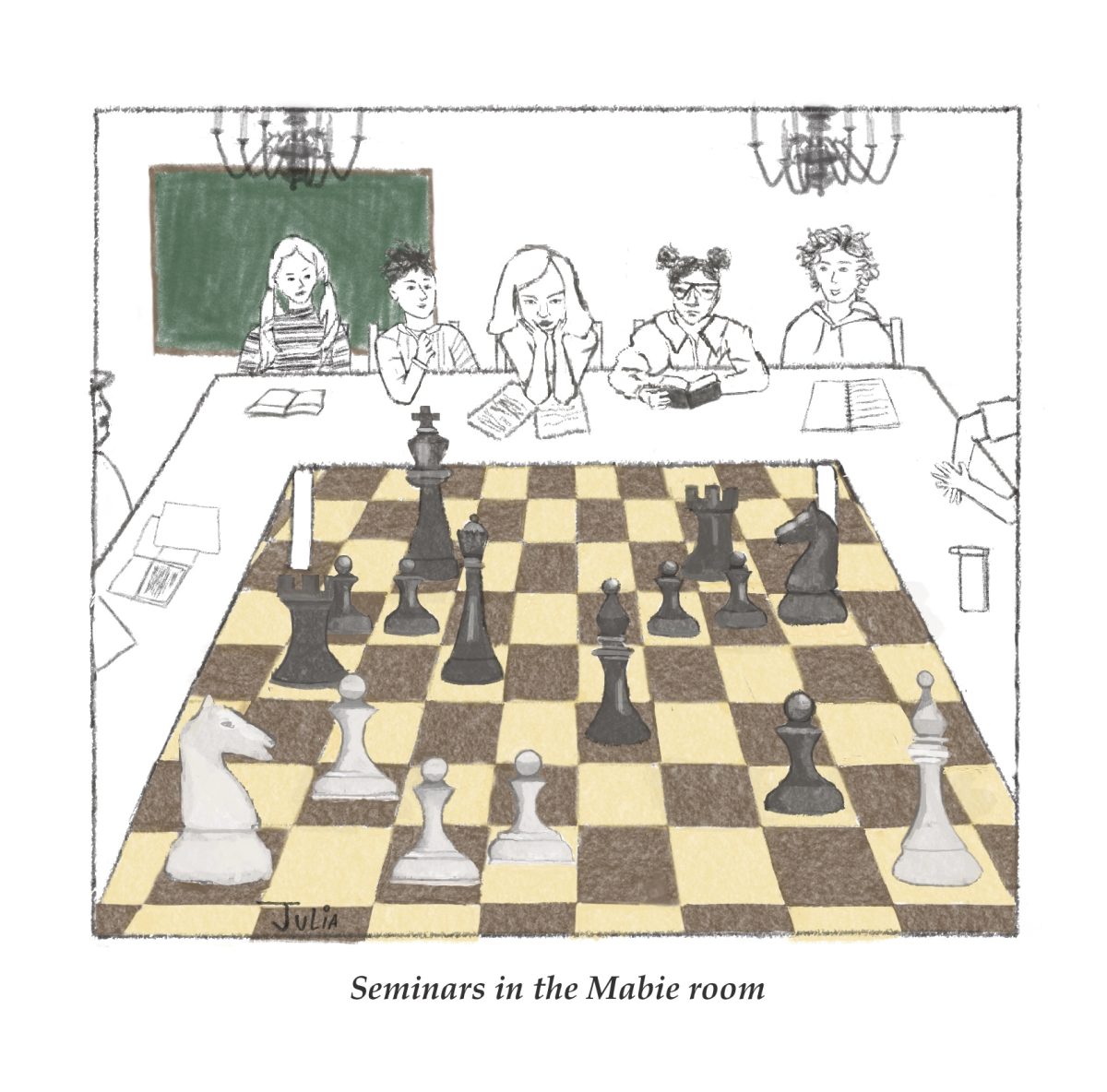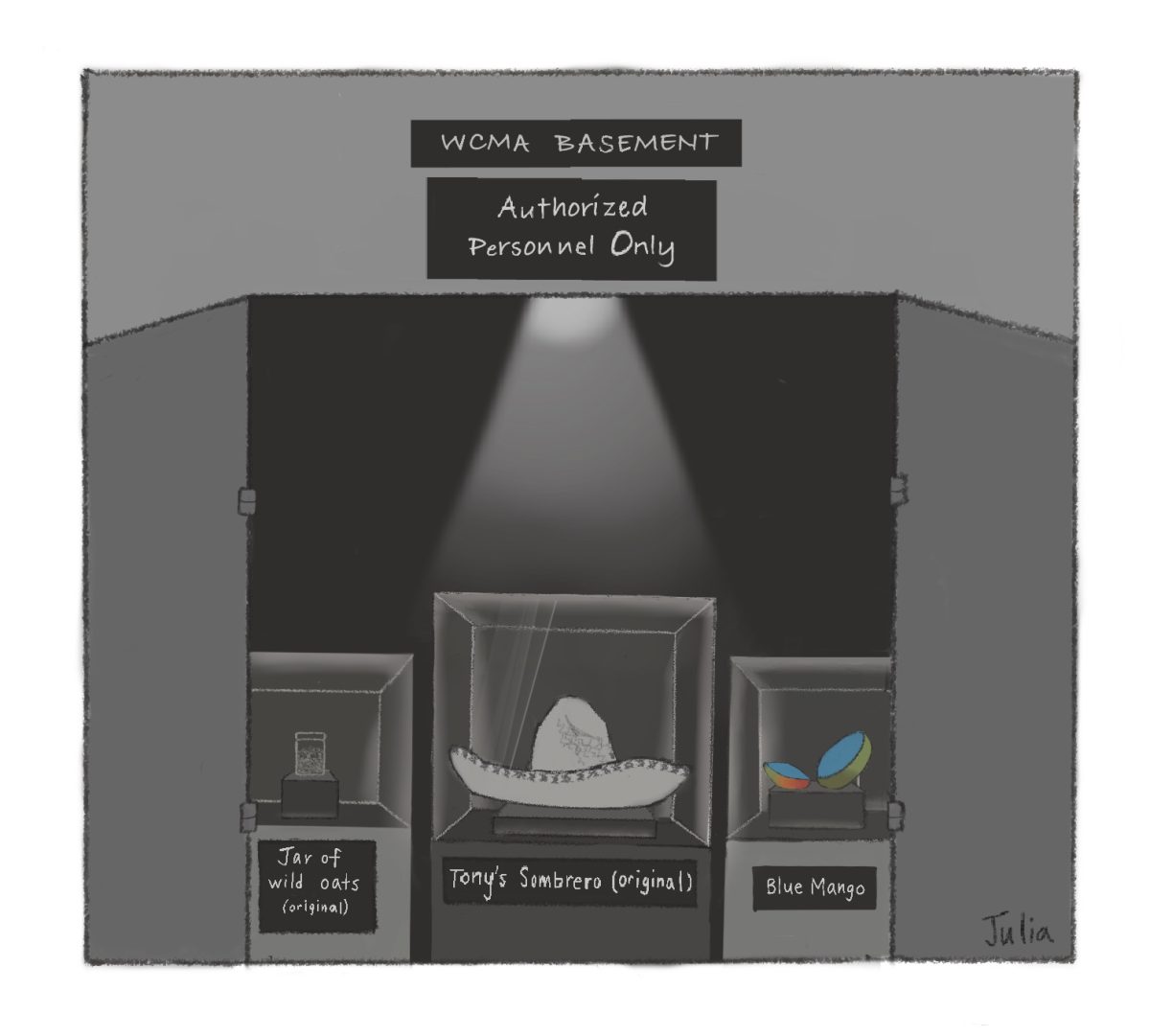With the recent leaves of Assistant Professor of Women’s, Gender and Sexuality Studies Kai Green ’07 and Assistant Professor of English Kimberly Love, the College’s need to foster an inclusive environment to support faculty and staff from all backgrounds and of all identities has become ever more apparent. This concern has been long-standing; the Faculty-Staff Initiative (FSI) Report in 2009 centered the retention of faculty and staff of color as a pressing issue. In the College’s mission statement, the Board of Trustees writes, “Diversity is not an end in itself, but a principle flowing from the conviction that encountering differences is at the heart of the educational enterprise.” Diversity and inclusion are not peripheral but central concerns to the College – the departure of members from our community because they feel unwelcome and unsafe should be of grave concern.
The issue of retaining faculty of color, in particular, is all the more pressing with the expansions taking place in several academic units. As one example, the Curricular Planning Committee Working Group on Asian American Studies’ recent recommendation to create three faculty positions in Asian American studies and eventually a program in the discipline will necessitate an equitable environment at the College that can sustain the long-term retention of faculty. The recent expansion of Native and Indigenous studies in the American studies program is another. Formalizing these disciplines is crucial to satisfying student demand and upholding the liberal arts mission of the College. An equally important element of this mission is affirming and supporting all scholars. Therefore, supporting the faculty who will build these programs with their scholarship and teaching is imperative.
While the retention of faculty of color will prove crucial to the College’s academic success, so too is the retention of staff of color. Administrative and support staff are central to the College’s educational mission, and it is urgent that the College creates an environment in which staff of color can thrive and belong as well. Staff of color, as well as junior and visiting faculty, lack the crucial protection of tenure; recognizing this double burden, and how it might also undercut the ability of staff of color to advocate for themselves, is also crucial to the College’s work on inclusivity. We acknowledge and recognize the risks that junior faculty and staff take on in their advocacy for inclusion at the College – such as in the FSI report.
Faculty and staff of color often bear an increased service burden with regards to mentoring and supporting students of color, low-income students and first-generation college students. The need for various College committees and groups to have diverse membership also disproportionately burdens faculty and staff of color with additional service work. Recognizing the worth of this informal mentoring work that occurs in addition to more formal service expectations is crucial to retaining faculty and staff of color who are vital mentors to students.
The College must also recognize the unique burdens that relocating to Williamstown – which is in a county that is over 90 percent white – can impose on faculty and staff of color. These challenges are numerous: a lack of culturally important foods or shops in the area, bullying or ostracism of one’s children in local schools, as Professor of Chinese Li Yu detailed in an op-ed for the Record (“A minority kid’s experience in a dominantly white small town,” Sept. 11, 2018) or discriminatory treatment at local businesses, as Love and Green recounted in their article for The Feminist Wire. As the FSI Report identified, the College must foster and grow support networks for mentorship of faculty and staff of color that extend to helping them make a home in the local community as well.
In every hiring announcement it posts, the College pledges that “Williams College is dedicated to building a diverse and inclusive community in which members of all backgrounds can live, learn and thrive.” In light of recent events, it is clear there is still work to be done to ensure that this is a community where faculty and staff of color can live, learn and thrive.










